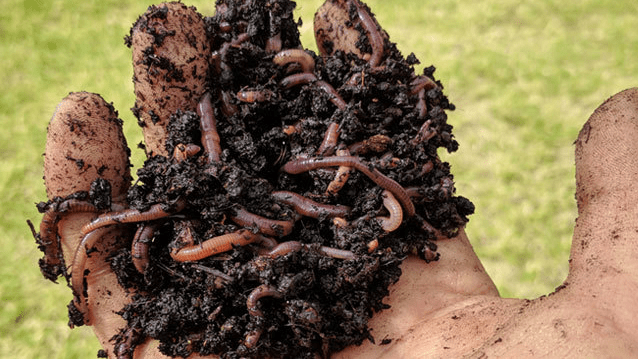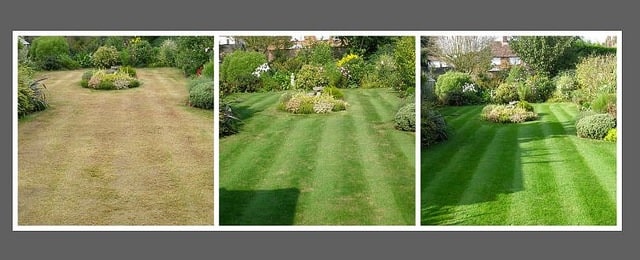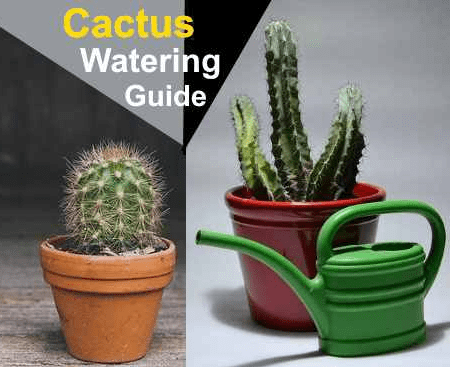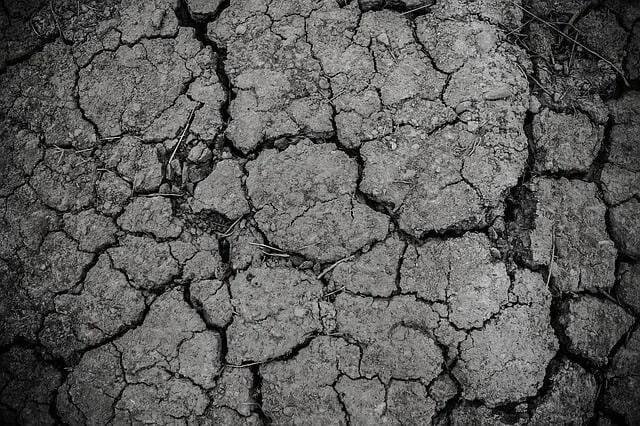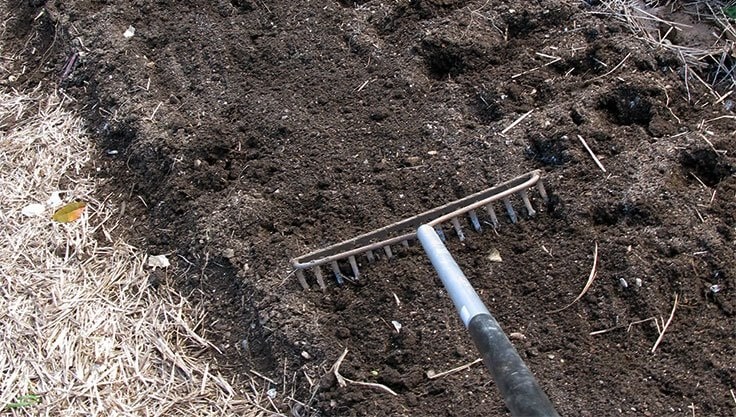Contents
Flea Beetles: Small Pests with a Big Appetite for Brassicas
Flea beetles especially love munching on vegetables from the cabbage family.
Flea Beetles: Holes in Arugula and Radishes
Holes in the leaves might not be a big issue for radishes, turnips, or kohlrabi, but who wants perforated Asian greens, arugula, garden cress, or Chinese cabbage on their plate? The culprits are often unseen, but the damage they leave behind is clear evidence of their presence.
Flea beetles love cruciferous vegetables, particularly plants from the cabbage family. Their menu includes the leaves of radishes, turnips, kohlrabi, cabbage, and arugula. Even borage and comfrey aren’t safe from their appetite. However, despite the holes, the affected vegetables and herbs are still safe to eat.
Identifying Flea Beetles
There are many types of flea beetles, but in the garden, you will most commonly encounter the yellow-and-black-striped species that specialize in attacking cabbages.
Kohl flea beetles (Phyllotreta spp.) are not actually fleas, but tiny beetles (2-3 mm in size). The only thing they have in common with fleas is their jumping ability. They are either shiny black or yellow-black striped, similar to their larger relatives, the Colorado potato beetles.
- They appear from April onwards when temperatures reach around 5°C (41°F).
- In May, they lay their eggs in the soil, where their larvae develop particularly well in warm and dry conditions.
- Some species feed on plant roots and seedlings.
- By June, the first summer generation is fully developed.
- Depending on the weather, additional generations may emerge, with the last eggs being laid in August.
- Flea beetles overwinter as larvae in the soil.
What Helps Against Flea Beetles?
Some recommend companion planting with summer savory, spinach, or lettuce, but these methods have not been consistently effective. Similarly, coffee grounds do not repel flea beetles.
A better approach is to constantly disturb the beetles’ resting places by loosening the soil, mulching, watering, and keeping the area cool and dark.
Effective Ways to Control Flea Beetles
- Hoeing: Hoe the soil as often as possible.
- Watering: Keep the soil consistently moist by watering regularly.
- Mulching: Helps retain moisture. Good mulch materials include rhubarb leaves, nettle clippings, elderberry trimmings, or grass clippings.
- Lime dusting: Sprinkling algae lime or rock dust on the leaves keeps flea beetles away. Repeat weekly during peak infestation.
- Flour dusting: A traditional home remedy involves dusting the plants with rye flour.
Pro Tip
To apply flour or rock dust evenly, fill an old sock with the powder and gently tap it over the plants while distributing the dust.
Preventing Flea Beetle Infestations
- Flowering Twigs: Placing blooming broom branches between crop rows is said to reduce flea beetle appetite.
- Plant Extracts: Spray infested plants 2-3 times a week with tansy tea or wormwood tea (never use fermented plant extracts!). Garlic and onion teas are also effective. Alternatively, placing garlic cloves in the soil can help.
- Protective Netting: Cover plants immediately after planting with fine mesh insect netting, securing the edges with metal rails or wooden boards.
- Tunnels: Well-fitted tunnel hoops offer additional protection.
- Early Sowing: Young plants are most vulnerable in April and May, especially in dry weather. Start plants early or transplant only strong, well-developed seedlings.
- Crop Rotation: Avoid planting brassicas in the same spot each year, as pests thrive when their favorite plants return annually.
- Companion Planting: The right plant combinations can naturally repel pests.
- Tomatoes as Companions: Tomatoes produce a strong scent that repels flea beetles and other pests. Their leaves can also be used as mulch to enhance the effect.
- Encourage Natural Predators: Ground beetles, predatory beetles, parasitic wasps, shrews, and hedgehogs all help keep flea beetle populations in check.





